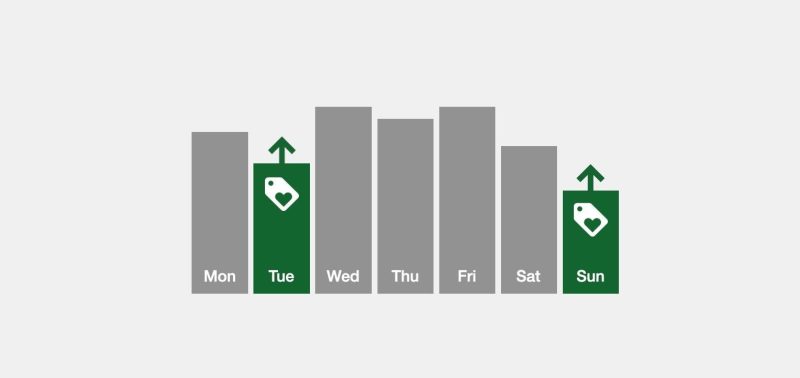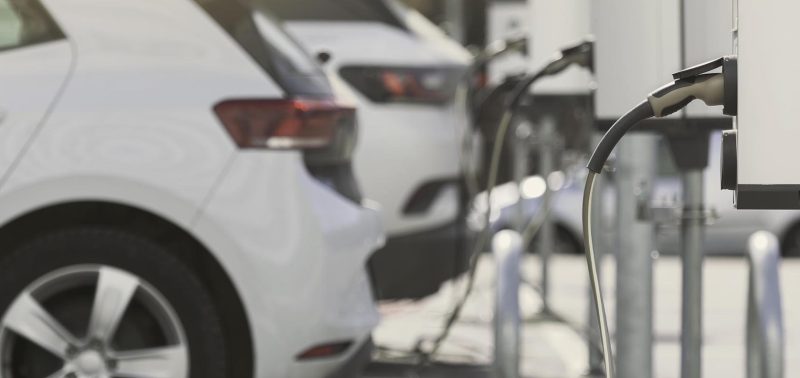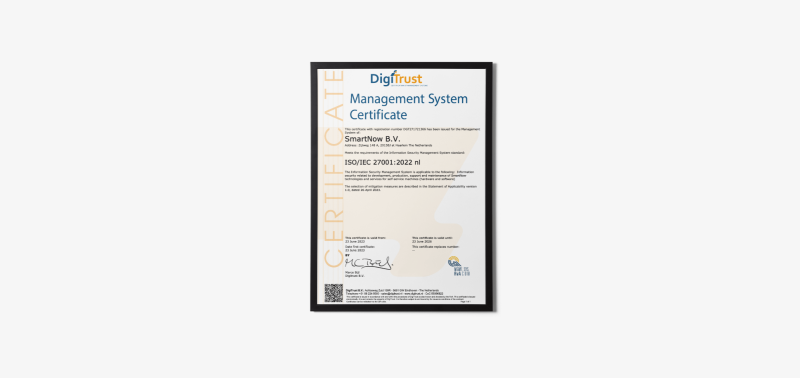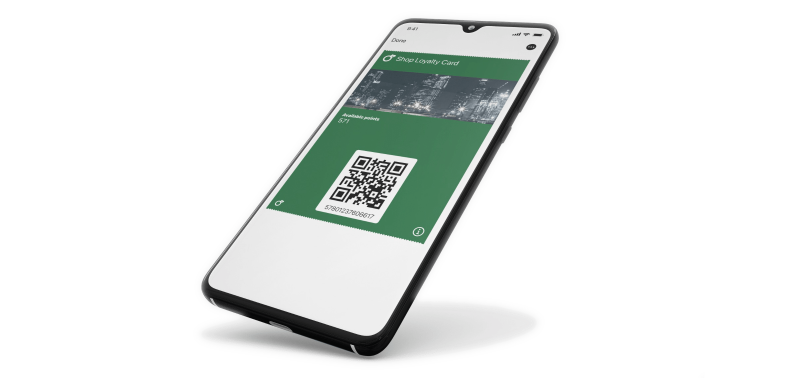Staff shortages and high consumer demand drive self-service
While the idea of transforming service stations into true mobility hubs is promising, the industry is facing several challenges in turning ideas into reality. Staff shortages and rising labor costs are among the main hurdles now and in the future, that’s why more fuel stations offer high quality self-service options.
To overcome these challenges, implementing self-service options for food, drinks and even carwash is the way to move forward. A new generation of consumers expect a seamless buying experience, making cashless self-service the norm. Let’s explore innovative ways to boost revenue and loyalty.
Self-service machines as a key revenue driver
For some time, self-service has been primarily linked to a budget-friendly approach aimed at marginally improving revenue. However, in recent years, we have witnessed the advent of modern, top-notch coffee and food self-service machines. We’re witnessing a growing trend of service stations actively investing in, innovating and embracing self-service as a strategic means to enhance profits.
Smart vs dumb self-service machines
Self-service machines that are not connected to the internet still rely on traditional payment methods such as coins or tokens. In some cases, staff assistance may be required. The lack of connectivity means that product managers don’t have real-time insights into the sales performance of these machines. Additionally, if a machine malfunctions or goes out of order, there is a risk of downtime and potential loss of sales.
However, the good news is that most of these machines can be upgraded with connectivity and touchless payment and loyalty options without the need to replace your fleet of self-service machines.
An increasing number of oil and gas brands are recognizing the value of adding connectivity to their existing self-service fleet. The benefits of this transition include improved efficiency, reduced wait times, and enhanced user experience. Smart self-service allows product managers to have a realtime dashboard for managing sales, products, and inventory efficiently.
How BP is digitizing their fleet of self-service machines
BP embarked on its digitization journey by enhancing payment options with cashless transactions. This move not only delighted visitors but also improved staff safety by eliminating cash handling and fraud risks. As a result, the shift to cashless payments significantly boosted coffee turnover, aligning with the preference of mobile phone or bank card payments among customers in the Netherlands.
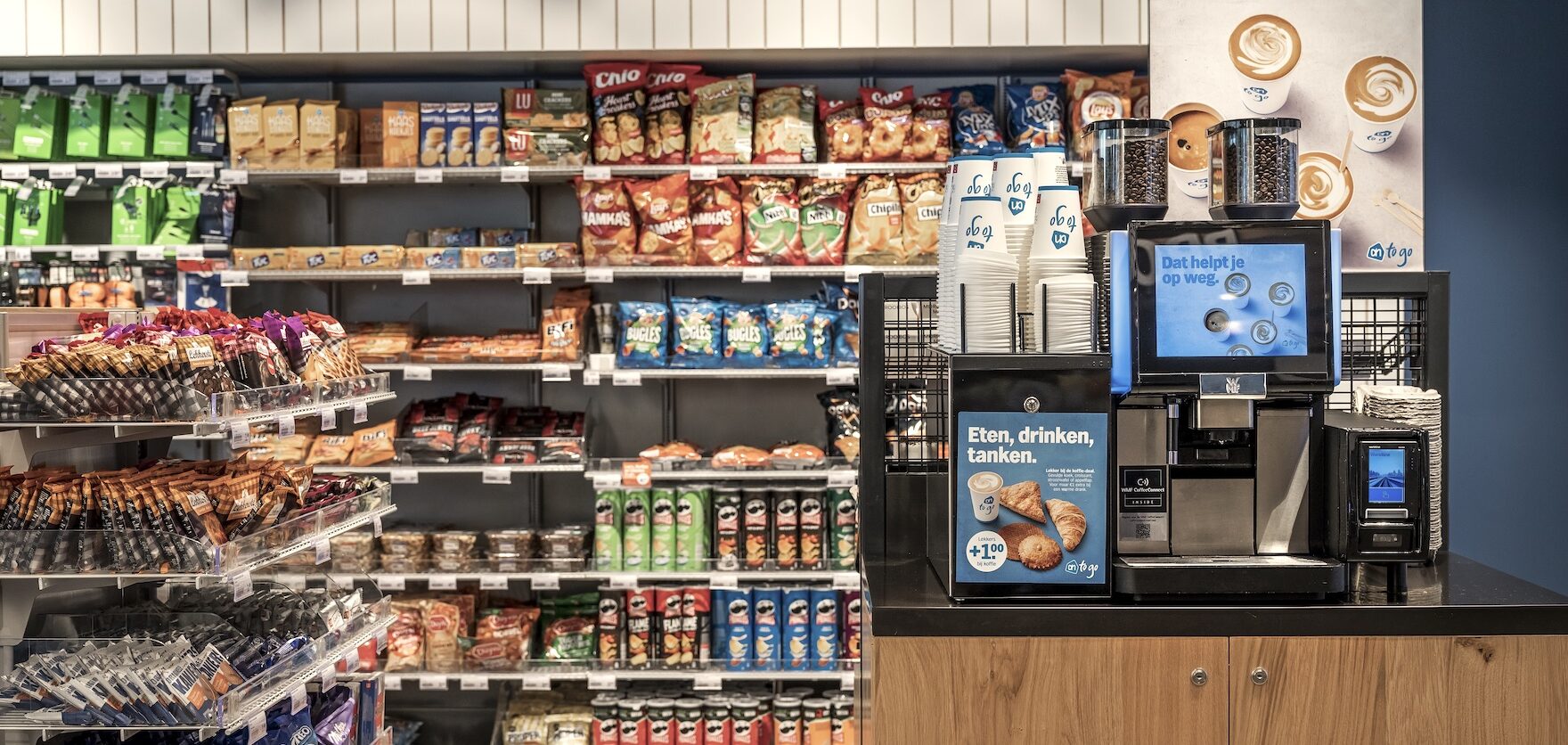
To facilitate cashless payments, all coffee machines and toilet turnstiles are now integrated into the SmartNow platform, delivering various commercial and operational advantages. Connectivity empowers BP to efficiently monitor the self-service fleet, track popular products, and optimize services like cleaning and maintenance for a seamless customer journey.
6 opportunities for self-service machines with added connectivity
From enhanced efficiency to real-time data insights, let’s explore key opportunities of connected self-service machines.
1. Boost revenue by offering multiple payment options
In a fast-changing fintech world, providing various payment standards is crucial. Your goal is to have a single solution that accommodates different payment systems, making it convenient for everyone to pay. Whether it’s WeChat, WePay, Apple Pay, Google Wallet, or country-specific payment terminals, the focus is on custom solutions to ensure compatibility with all devices. This approach allows for quick adaptation to evolving trends and provides a seamless payment experience for all customers.
2. Optimize product strategy with real-time data from all your machines
Add connectivity to your self-service machines and get real-time sales data from your locations all over Europe in one centralized dashboard. You will be able to get real-time insights into top-selling products and understand the reasons behind their success. Uncover the best times to clean coffee machines, preventing any revenue loss. Connected machines eliminate manual sales data entry and ensure accurate information. Imagine the opportunities to optimize stock management with the new data available.
3. Connect your self-service machines to your own software
One thing is clear: the future will be increasingly digital. This means that you want to be able to create your own apps and integrations. To do so, SmartNow offers a unified API for all your connected machines, to build custom services and integrations. Need examples? More and more service stations are launching personalized loyalty apps and connecting them to their self-service machines.
4. Reap the benefits of a multi-supplier strategy
Not convinced about adding connectivity to your existing machines, and considering a switch to a new supplier that offers connected self-service machines? What about the advantages of retaining your multi-supplier strategy? By adding connectivity to all your self-service machines, regardless of the supplier or payment service provider, you can maintain your multi-supplier approach. This enables you to benchmark the performance of individual suppliers and strengthen your negotiating position. Embracing connectivity for your existing fleet is the optimal choice to make.
5. Introduce new revenue streams via your self-service machines
Subscription models, such as coffee subscriptions and vouchers with limited validity, are powerful tools to drive customer loyalty. Shell takes this concept up a notch. They offer a mobile app with a coffee subscription that allows customers to enjoy unlimited coffee. With a simple subscription activation in the app, customers can conveniently order their coffee by swiping their phone. This innovative approach not only fosters loyalty but also creates a new revenue stream.
6. Boost retention smart loyalty programs
Improve your existing loyalty program by integrating it with your self-service machines. Customers can now scan third-party vouchers directly at the PayStation. The connectivity goes beyond their own coupon codes; with connected machines, they can even use third-party loyalty cards. Seeking advanced use cases? Imagine receiving a voucher based on a restroom payment that can be redeemed for a specific assortment, valid for a limited time, say 24 hours. The opportunities to enhance loyalty are boundless when you connect your self-service machines to the internet.
Add connectivity to your existing self-service machines with SmartNow
Discover the benefits of connectivity for your self-service machines with SmartNow. We assist service stations like BP and Total Energies in their transition to mobility hubs and the effective utilization of self-service machines.
During a 40-minute discovery call, we’ll explore digitization use cases tailored to your company’s specific needs. Feel free to schedule your call with us to learn more about the power of smart self-service machines.


